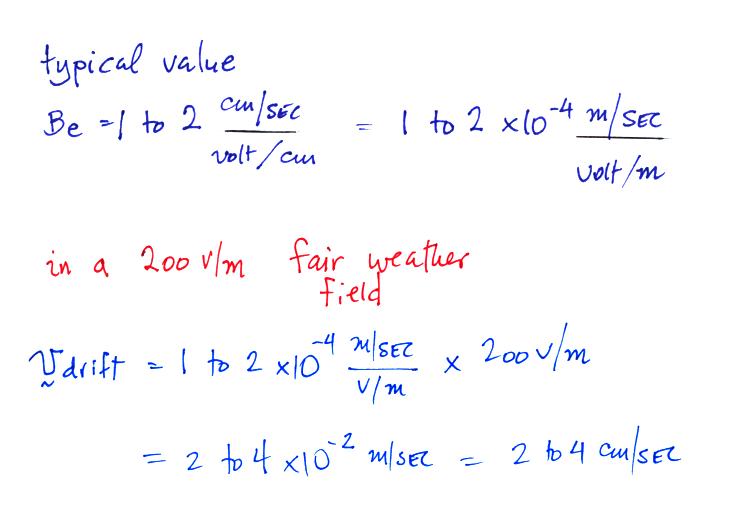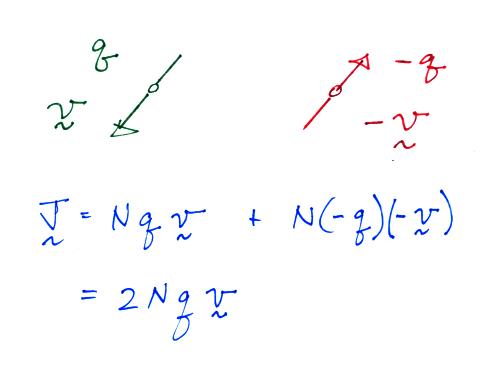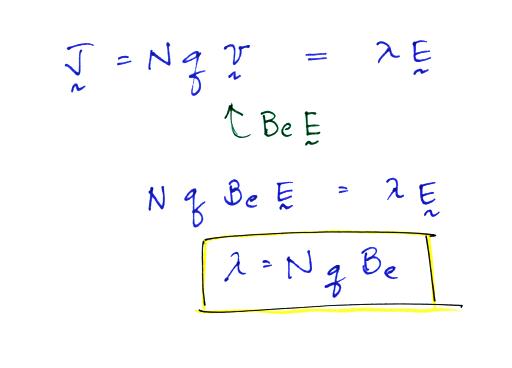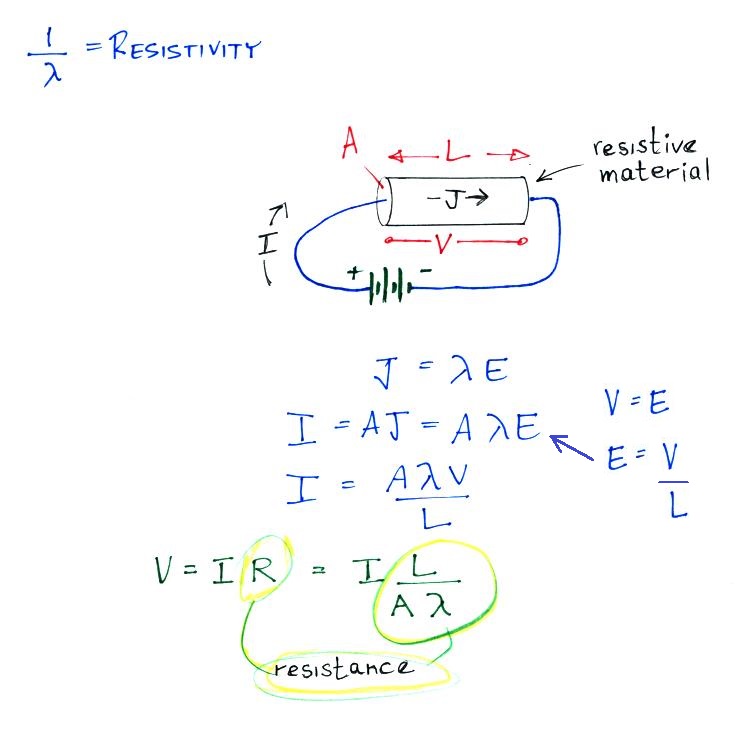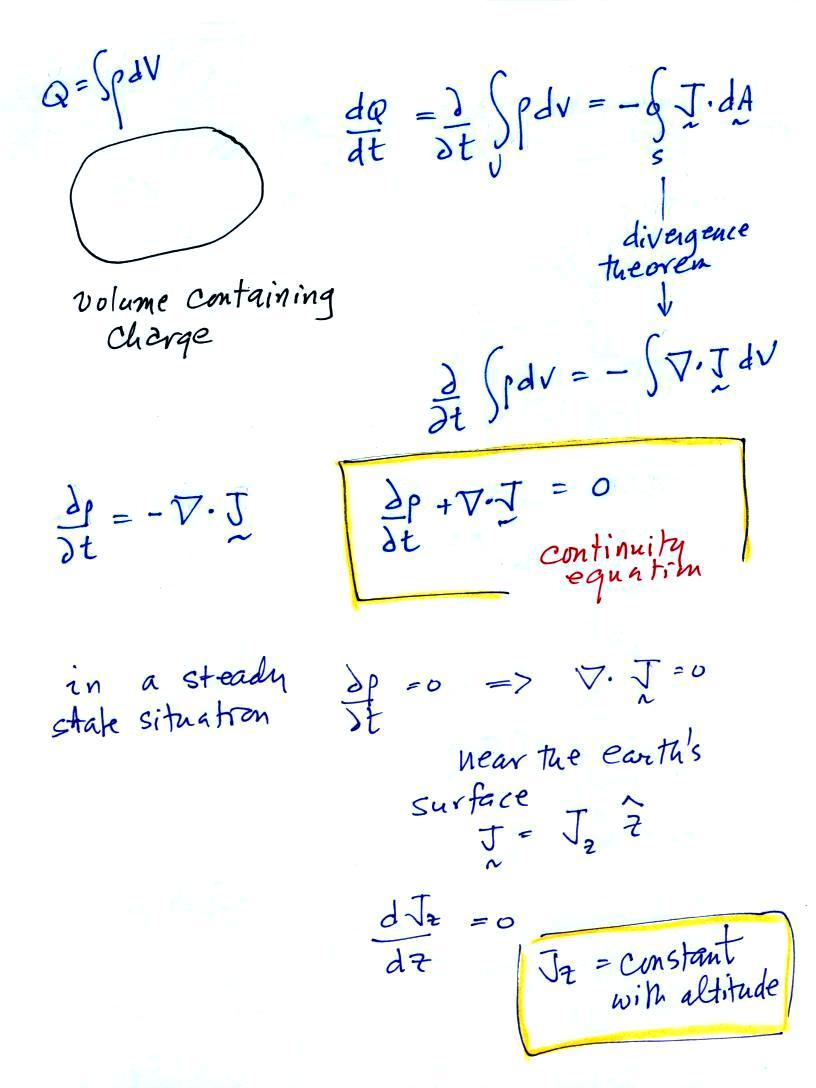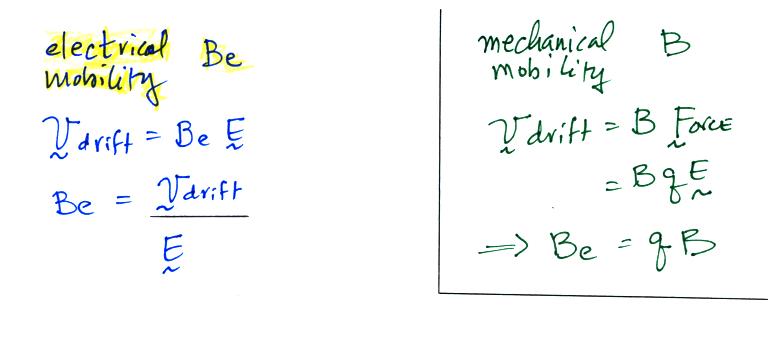
The electrical mobility is a
measure of how readily charge carriers will move in an
electric field. The electrical mobility is simply the
drift velocity divided by the strength of the electric
field. The relationship between electrical mobility and
the mechanical mobility, which is a little more general term,
is shown above. Mechanical mobility wasn't mentioned in
class.













